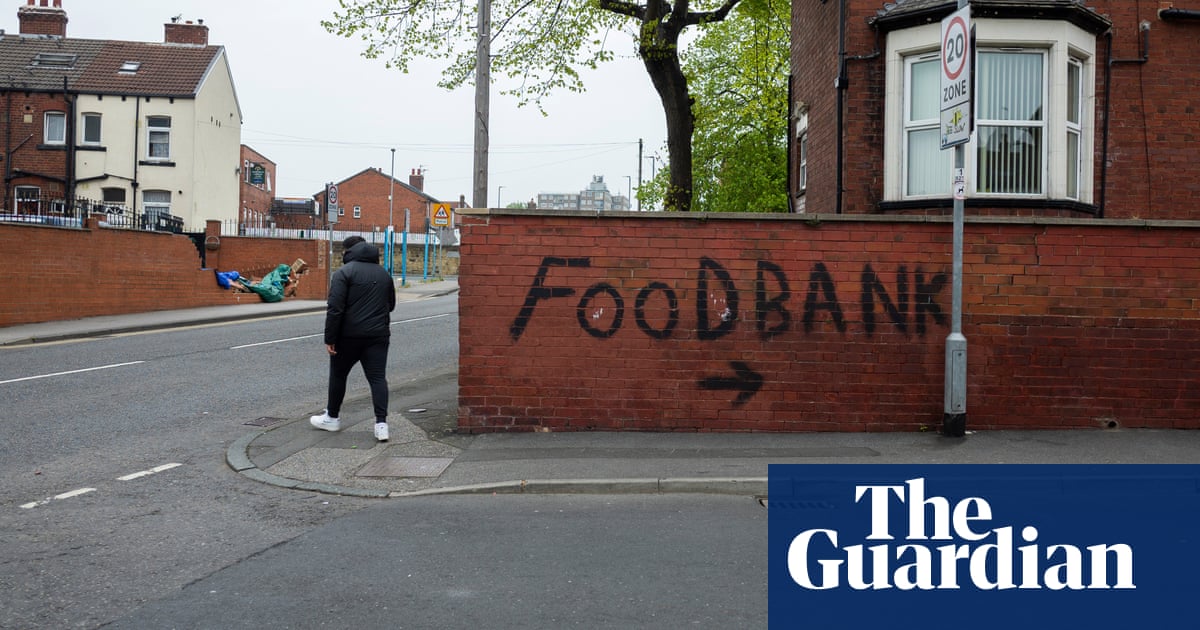
The number of cycling trips made by women in England rose by more than 50% in 2020, official statistics show, as the quieter roads of lockdown seemingly helped to tempt a demographic known to be more wary of traffic danger on to their bikes.
While for men there was a 12% overall rise in the average number of cycle “stages” – rides that formed part of a greater journey – made per person in 2020 compared with the year before, for women the increase was 56%, Department for Transport (DfT) statistics show.
Overall, men still cycled more on average over the year, as has long been the case. However, while in 2019 men cycled almost three times as many stages as women, in 2020 this fell to twice as many.
Cycling groups said the data showed the potential for many more people, particularly women, to cycle if the roads were made more safe, and urged ministers to invest in cycling infrastructure now that traffic levels are returning to pre-pandemic levels.
The findings show a mixed impact from the pandemic, with cycle use rising overall but not for all age groups. For walking, the average number of journeys that involved some walking fell, while the total distance rose to the highest level since 2002, as people switched from walking for everyday purposes to leisure walks.
The DfT statistics, which the authors said had smaller sample sizes than usual because of the challenges of the pandemic, show that in 2020 overall the average number of cycling stages trips per person rose by 23%, from 17 to 21. The average number of miles ridden per person increased by 62%, the highest since 2002, due to a high proportion of longer leisure rides.
The average number of leisure rides was 75% higher than in 2019, while the average number of bike rides for everyday transport fell by 20%.
The average number of miles walked per person in 2020 rose slightly from the year before, by 7%, but the average number of walking stages fell by 16%. Much of this was down to the collapse in numbers of people walking for commuting or other purposes. The average number of leisure stages rose by 9%, but for “utility” purposes there was a decrease of 42%.
Localised data shows significant variations in changes to cycling rates. The biggest rise was in Hackney, in east London, with a third of residents riding a bike once a week, up from 23% in the previous year. During the pandemic the local council introduced a series of so-called low-traffic neighbourhoods (LTNs), which closed some residential streets to through motor traffic.
Maldon, Copeland and Lambeth were also among areas with the largest increase in weekly cycling rates. The DfT notes that estimates at local authority level are less reliable than national figures, but they are indicative of general trends.
Simon Munk, a campaigns manager for the London Cycling Campaign, said the data showed strong rises in areas that had rolled out LTNs or other cycling-friendly infrastructure.
He said: “Across England, these numbers make it clearer than ever that there is a huge untapped potential for many more people to ditch cars and cycle instead, and that women particularly will cycle much more if they’re able to do so without having to ride in among lots of fast moving motor vehicles.”
Duncan Dollimore, Cycling UK’s head of campaigns, said the increase in women cycling was “incredibly encouraging” and should be used as a lesson for ministers. “It shouldn’t take a pandemic to produce an increase in cycling, but it’s an opportunity to build on the government would be mad to ignore.”












